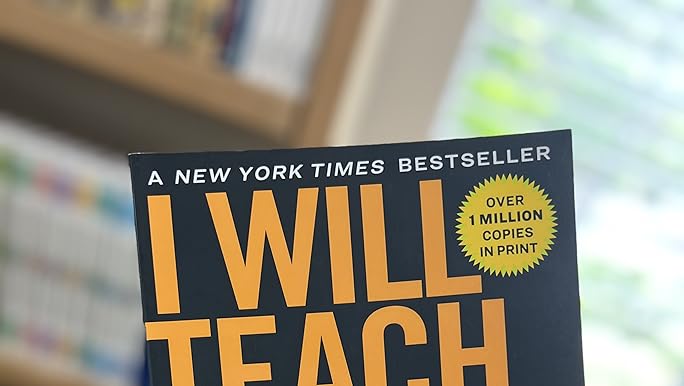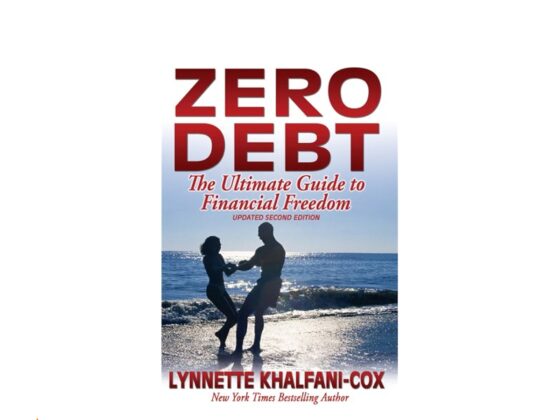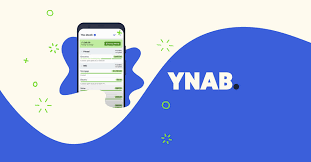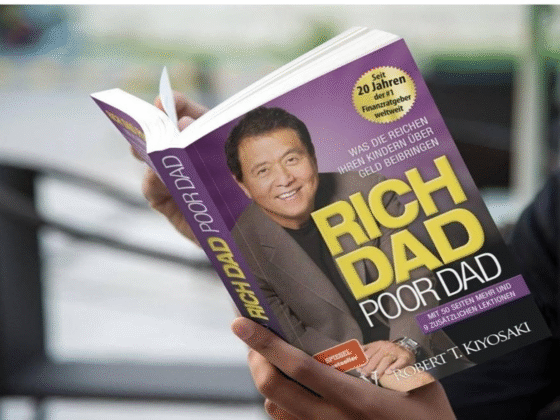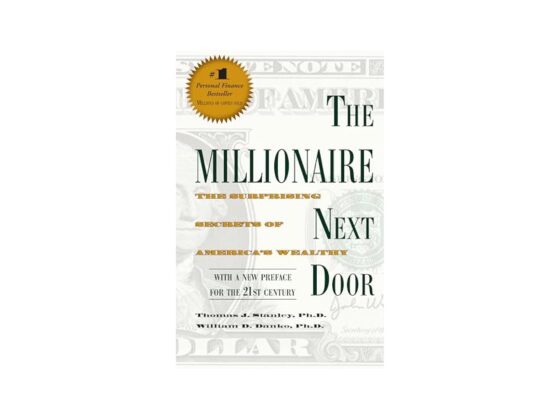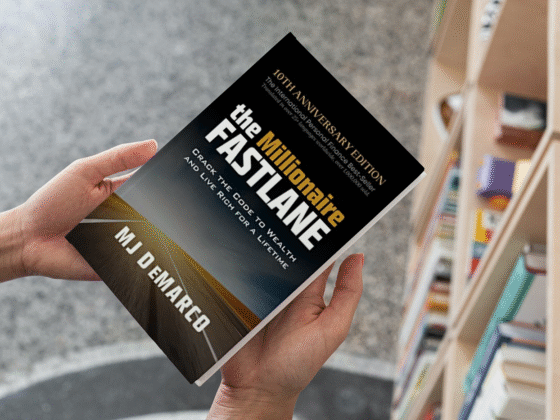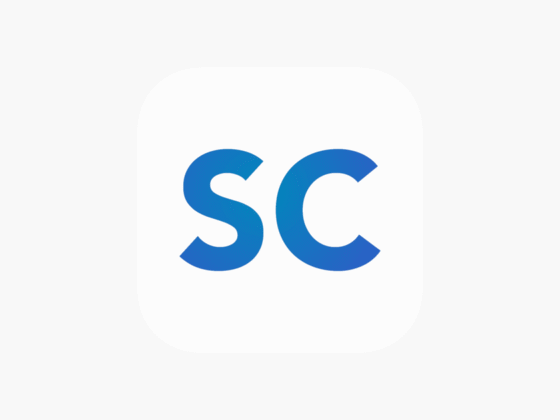Personal finance doesn’t have to be dry or complicated. That’s the promise behind Ramit Sethi’s bestselling book, I Will Teach You to Be Rich (Second Edition)—a practical, conversational, and often witty guide to money management for young professionals.
In this review, we’ll break down the key takeaways, what makes it different from other personal finance books, and whether it truly delivers on its bold title.
Book Details
- Title: I Will Teach You to Be Rich (Second Edition)
- Author: Ramit Sethi
- Publisher: Workman Publishing Company
- Publication Date: May 14, 2019
- Length: 352 pages
- Format: Paperback, Hardcover, Audiobook, Kindle
- Genre: Personal Finance / Self-Help
Overview
Originally published in 2009 and updated in 2019, the Second Edition of I Will Teach You to Be Rich refreshes Ramit Sethi’s popular six-week money management program with new insights on:
- Psychology of money
- Conscious spending
- Automation of finances
- Investing in low-cost index funds
- Managing credit cards wisely
- Saving for big purchases (house, wedding, vacations)
- Navigating money in relationships
Unlike many financial “gurus” who take a rigid, minimalist approach, Sethi’s philosophy revolves around living a rich life on your own terms. This doesn’t mean reckless spending—it means automating essentials, investing consistently, and guilt-free spending on what you love.
Key Lessons & Takeaways
1. The Six-Week Program
The book is structured as a step-by-step plan designed to be actionable. Each week covers a crucial area:
- Week 1: Optimize credit cards
- Week 2: Open high-interest bank accounts
- Week 3: Open investment accounts
- Week 4: Consciously manage spending
- Week 5: Automate finances
- Week 6: Invest for the long term
2. Automate Everything
Sethi emphasizes automation—directing money into bills, savings, investments, and fun spending automatically. This reduces decision fatigue and ensures financial progress without constant effort.
3. Invest Early, Invest Smart
Rather than day-trading or stock picking, Sethi advocates low-cost index funds and tax-advantaged accounts (401(k), Roth IRA). The updated edition also includes guidance on target-date funds and robo-advisors.
4. Spend on What You Love
The concept of “Conscious Spending” is central: ruthlessly cut back on things you don’t care about, and happily spend more on what truly matters to you—whether that’s travel, food, or experiences.
5. Money & Relationships
The Second Edition expands on conversations about money in relationships, covering prenups, financial compatibility, and practical scripts for handling tricky discussions with partners.
Pros & Cons
✅ Pros
- Relatable and approachable tone—Sethi mixes humor with practical advice.
- Step-by-step system makes it easy for beginners to implement.
- Updated for modern readers with new tools (apps, robo-advisors, updated banking info).
- Focuses on behavior and psychology rather than just math.
- Flexible approach—encourages guilt-free spending instead of extreme frugality.
- Strong sections on debt management and credit optimization.
❌ Cons
- Some readers may find the writing style a bit casual or even abrasive at times.
- U.S.-centric advice (bank accounts, retirement accounts) may not apply globally.
- Not ideal for those already advanced in investing—basic concepts may feel too introductory.
- Focuses more on cash flow management than wealth-building strategies like real estate or entrepreneurship.
Who Should Read I Will Teach You to Be Rich?
This book is best suited for:
- Young professionals in their 20s–30s starting to take control of their money.
- People who feel overwhelmed by financial jargon and want a clear roadmap.
- Anyone looking to pay off debt, automate savings, and start investing.
- Couples navigating financial compatibility and shared goals.
It may not be ideal for seasoned investors or readers outside the U.S. financial system.
Reception & Impact
The book has sold millions of copies and continues to be recommended as one of the best personal finance books for beginners. Its success also spawned Sethi’s podcast, online courses, and the Netflix show How to Get Rich (2023), which brought his “rich life” philosophy to an even wider audience.
Final Verdict: Is It Worth Reading?
If you’re looking for a practical, no-nonsense guide to mastering personal finance, I Will Teach You to Be Rich (Second Edition) is absolutely worth reading.
Ramit Sethi’s strength lies in making finance feel accessible—and even fun—without watering down the essentials. The six-week program is easy to follow, and the focus on automation ensures that improvements are sustainable long-term.
👉 Best for beginners and intermediate readers who want to get out of debt, start saving, and build a financial system that works on autopilot.
Quick Summary
Rating: ★★★★☆ (4.6/5)
Title: I Will Teach You to Be Rich (Second Edition)
Author: Ramit Sethi
Publisher: Workman Publishing Company
Published: 2019
Length: 352 pages
Best For: Young professionals, beginners, couples
